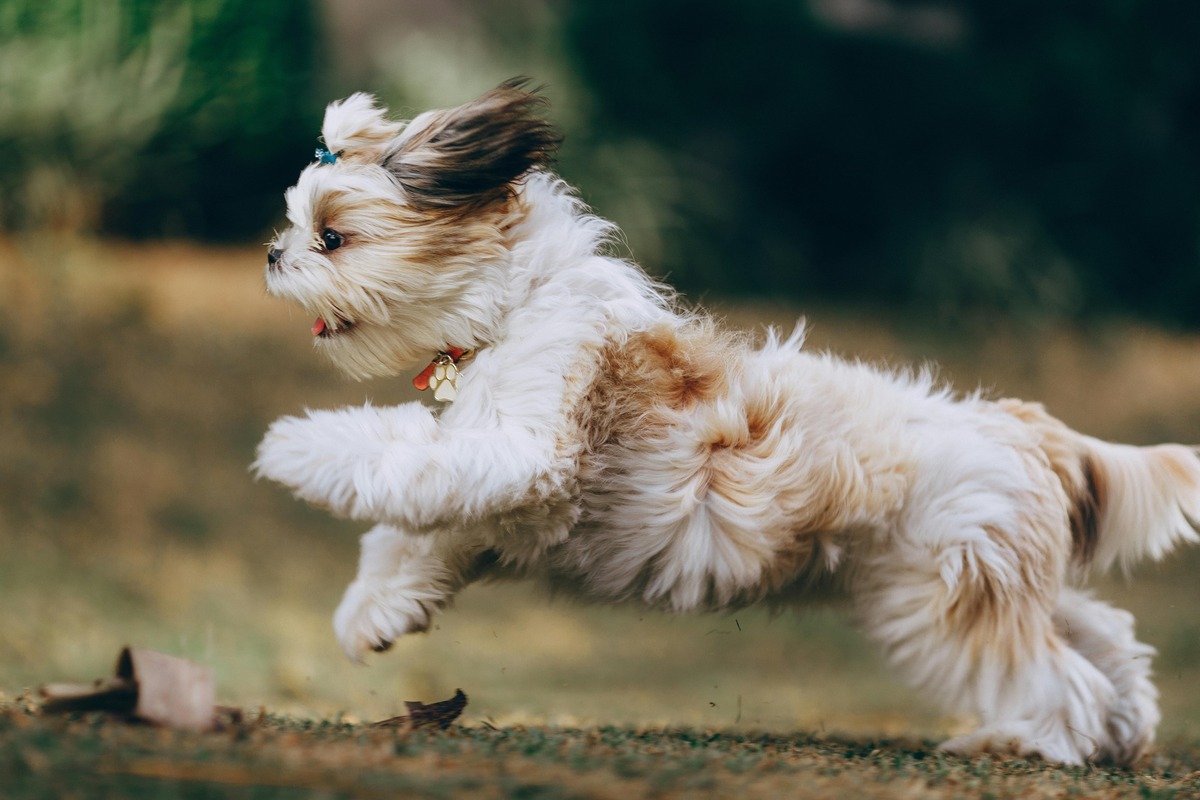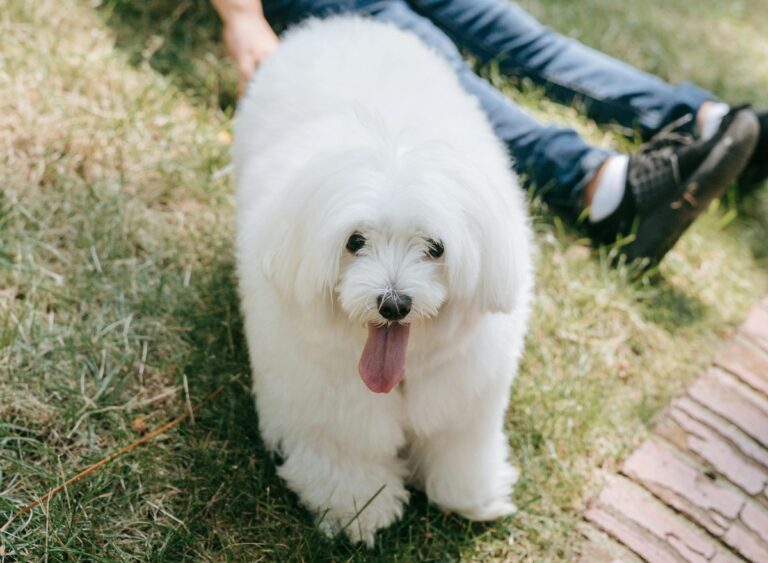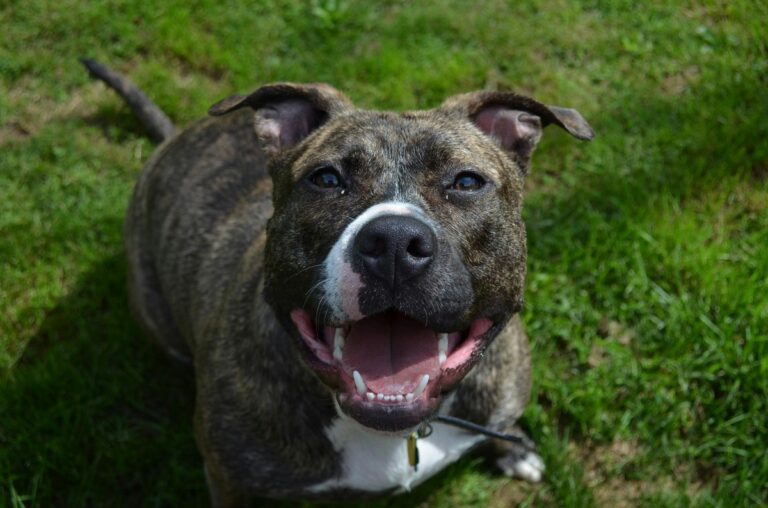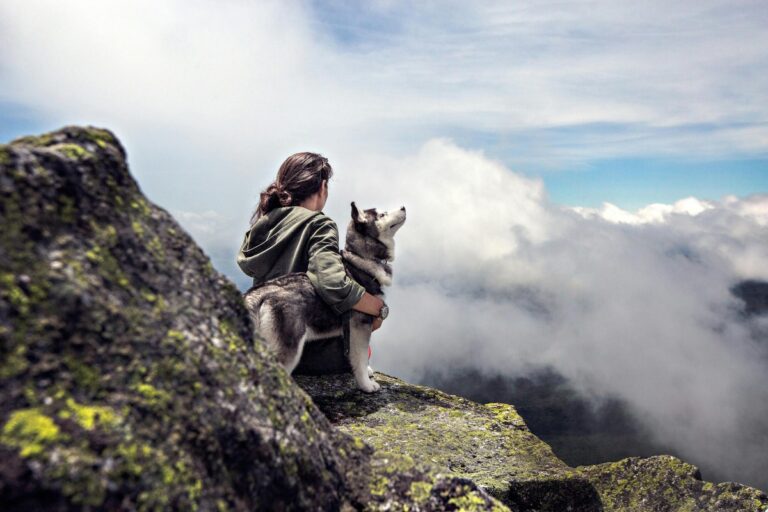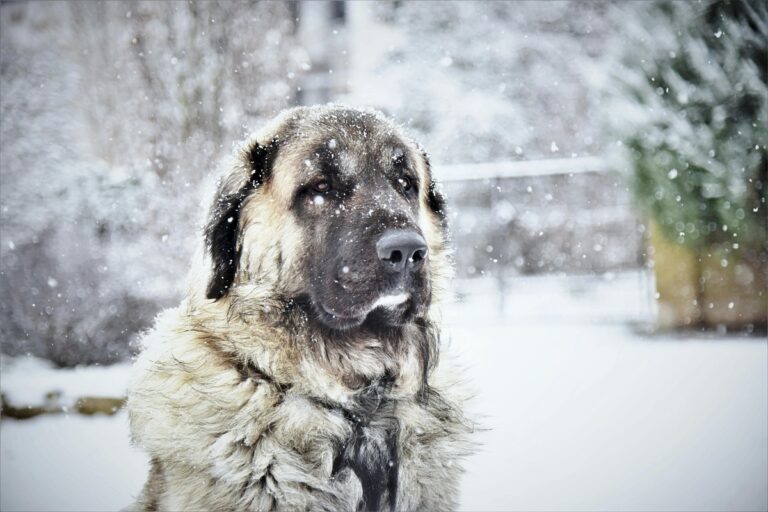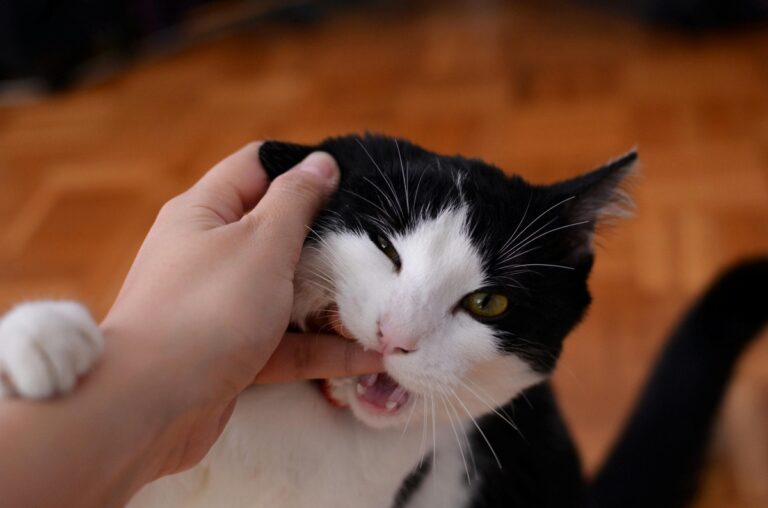10 Dog Breeds That Are Most Likely to Run Away
Dogs are known for their loyalty, but some breeds have an innate wanderlust that makes them more prone to escaping. Whether it’s high energy levels, hunting instincts, or sheer curiosity, certain dogs are more likely to bolt the moment they see an open door or an enticing scent.
If you’re thinking about adopting a breed with a strong escape tendency, it’s important to understand why they run and how you can keep them safe and secure. Here are 10 dog breeds that are most likely to run away and what you can do to prevent it.
1. Siberian Husky
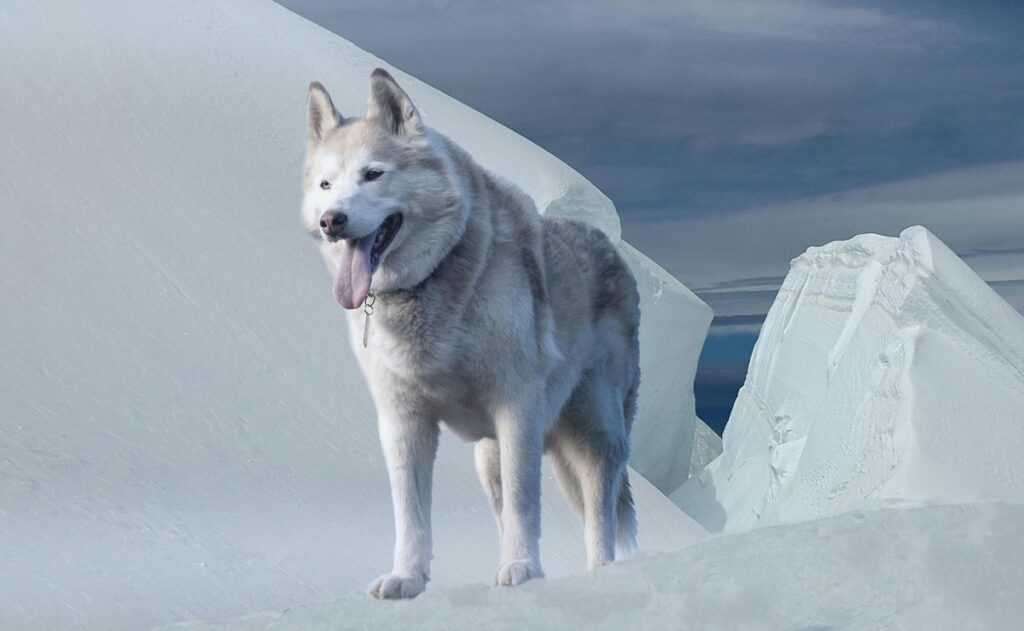
Siberian Huskies are legendary escape artists. Bred to cover long distances as sled dogs, they have an insatiable need for adventure and a knack for finding weak spots in fences or doors. Their independent nature makes them less likely to stick close to home unless properly trained.
If you own a Husky, a tall, reinforced fence is a must. They are expert diggers and climbers, so consider adding underground barriers and secure latches. Providing plenty of exercise and mental stimulation will also reduce their urge to roam.
2. Beagle

Beagles are scent-driven hounds that will follow their noses wherever it takes them—even if it means running off. Their incredible sense of smell, originally used for tracking game, makes them easily distracted by interesting scents, leading them to wander far from home.
To prevent escapes, always keep Beagles on a leash or in a secure yard. A GPS tracker can also be helpful, as they may not respond to commands once they’re in pursuit of an interesting scent.
3. Jack Russell Terrier
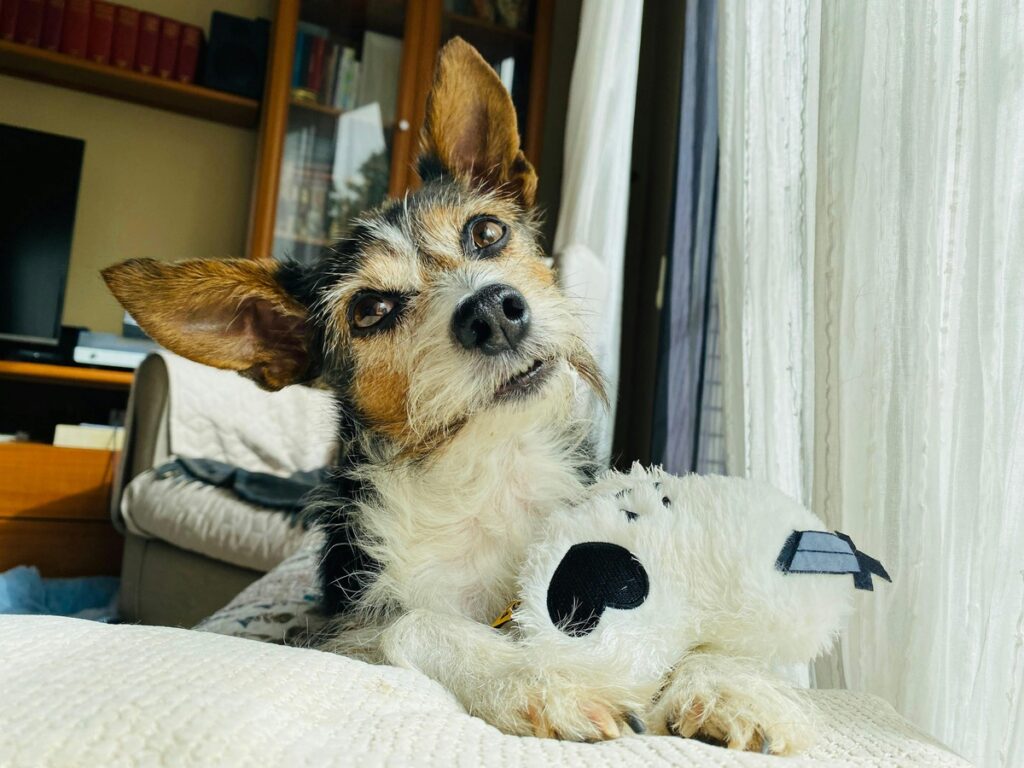
Small but mighty, Jack Russell Terriers are fearless and full of energy. Bred for hunting, they have a high prey drive and won’t hesitate to chase small animals—even if it means squeezing through fences or digging under them.
If you own a Jack Russell, be prepared to provide constant mental and physical exercise. These dogs need an outlet for their intense energy; otherwise, they’ll find their own adventure—often outside your yard!
4. Border Collie
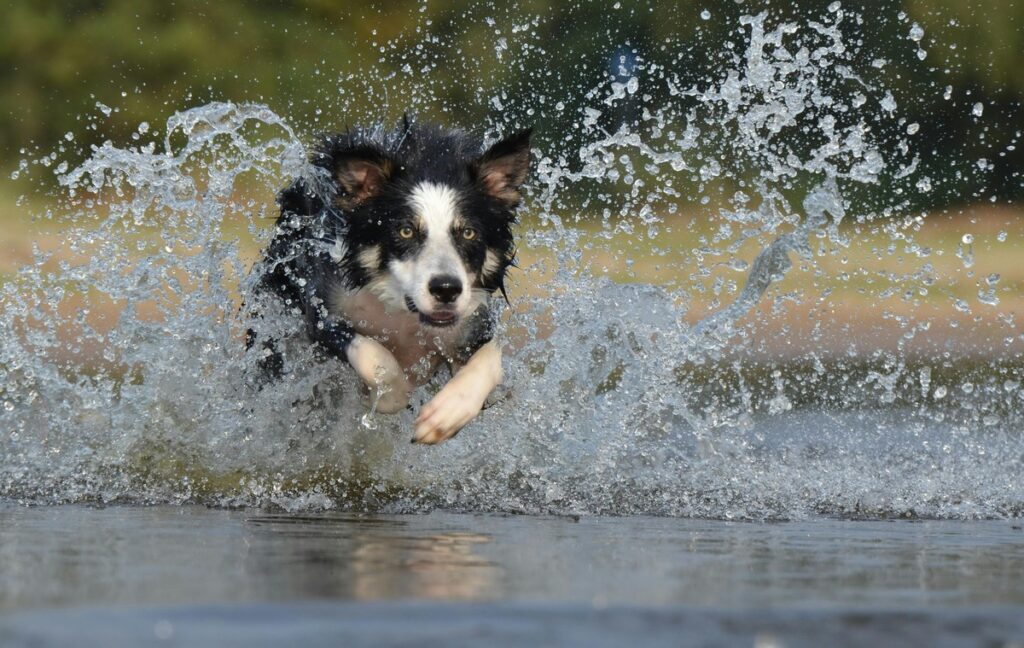
Border Collies are incredibly intelligent and active, but if they don’t receive enough stimulation, they will seek out excitement elsewhere. They are natural herders, which means they may chase cars, bicycles, or joggers, leading them far from home.
These dogs thrive on daily challenges like agility courses, herding exercises, or advanced training sessions. A Border Collie left alone for too long may find their own way to entertain themselves—by running off!
5. Greyhound
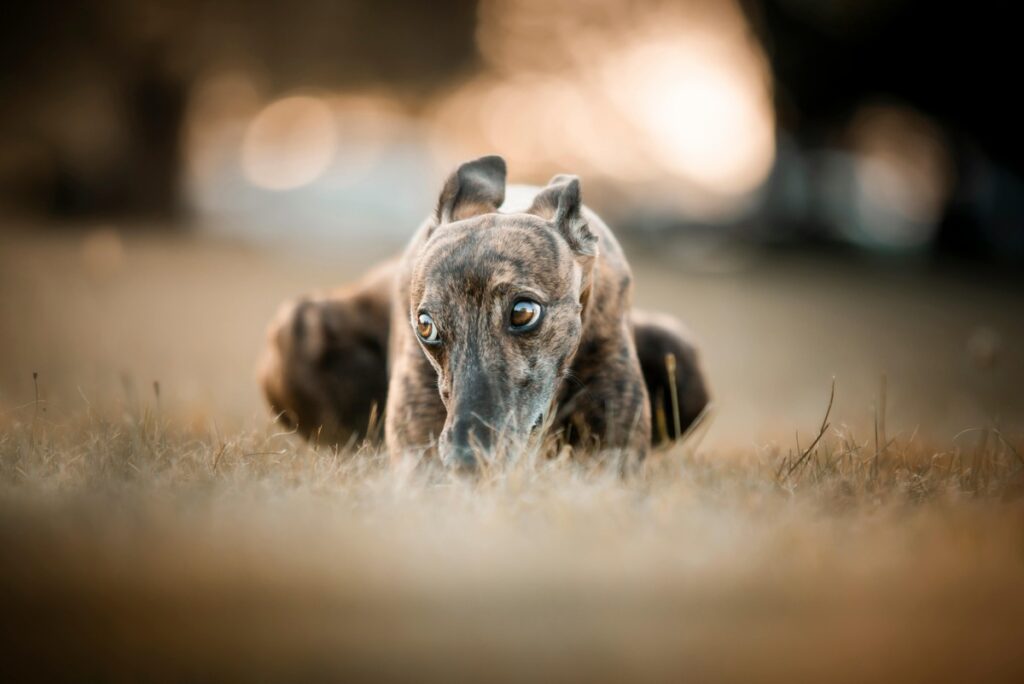
Greyhounds are built for speed and chasing, and once they take off, catching them is nearly impossible. With an instinct to pursue anything that moves, they can be gone in an instant if not properly contained.
Always keep a Greyhound in a secure, high-fenced area and never let them off-leash in an open space. Even a well-trained Greyhound may not resist the urge to chase a rabbit, squirrel, or even a blowing leaf.
6. Australian Shepherd
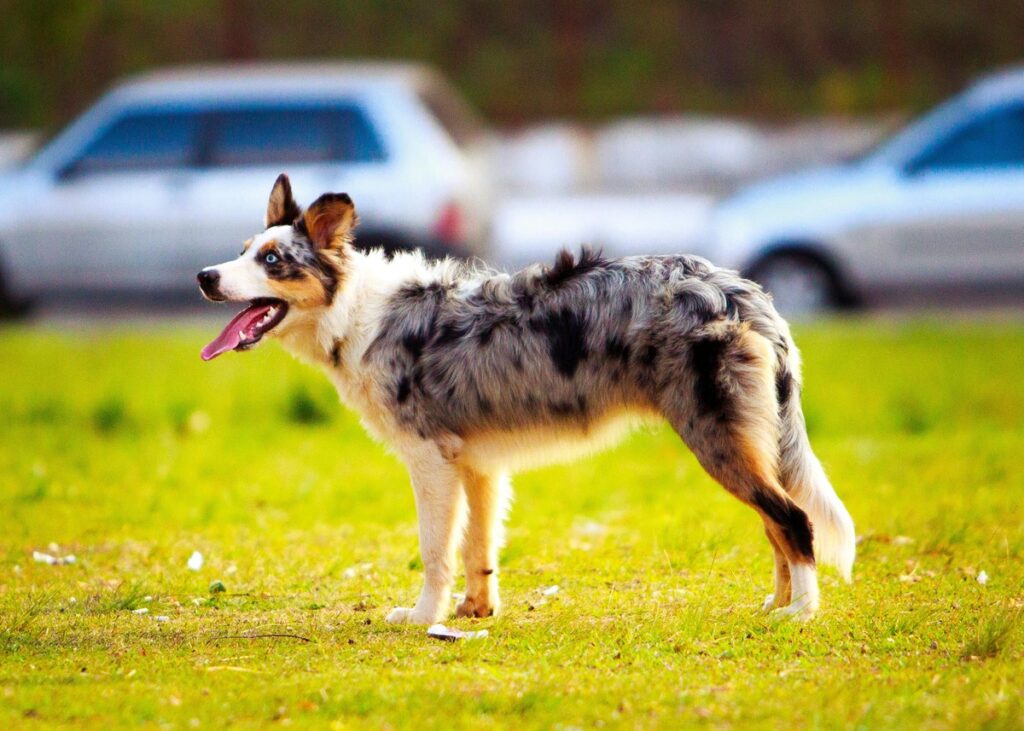
Australian Shepherds are highly intelligent and bred for herding livestock over vast areas. Their strong work ethic and curiosity can make them prone to wandering, especially if they get bored.
To keep an Aussie happy, daily exercise and mentally engaging tasks are crucial. Activities like obedience training, herding exercises, or interactive puzzle toys will keep them occupied and less likely to roam.
7. Dachshund

Despite their small size, Dachshunds are determined escape artists. Originally bred to hunt badgers, they have a strong prey drive and love to dig, which means they can easily tunnel their way under fences.
A reinforced yard with underground barriers is essential for Dachshund owners. Regular exercise and engaging toys will help channel their instincts in a safe way.
8. Weimaraner

Weimaraners are high-energy hunting dogs with a need for adventure. If they’re not exercised enough, they will look for an escape route—and they have the speed and endurance to disappear quickly.
To keep a Weimaraner from running off, provide them with intensive exercise, training, and activities like hiking, running, or tracking games. A bored Weimaraner will always find a way to make life more exciting—usually by escaping!
9. Belgian Malinois
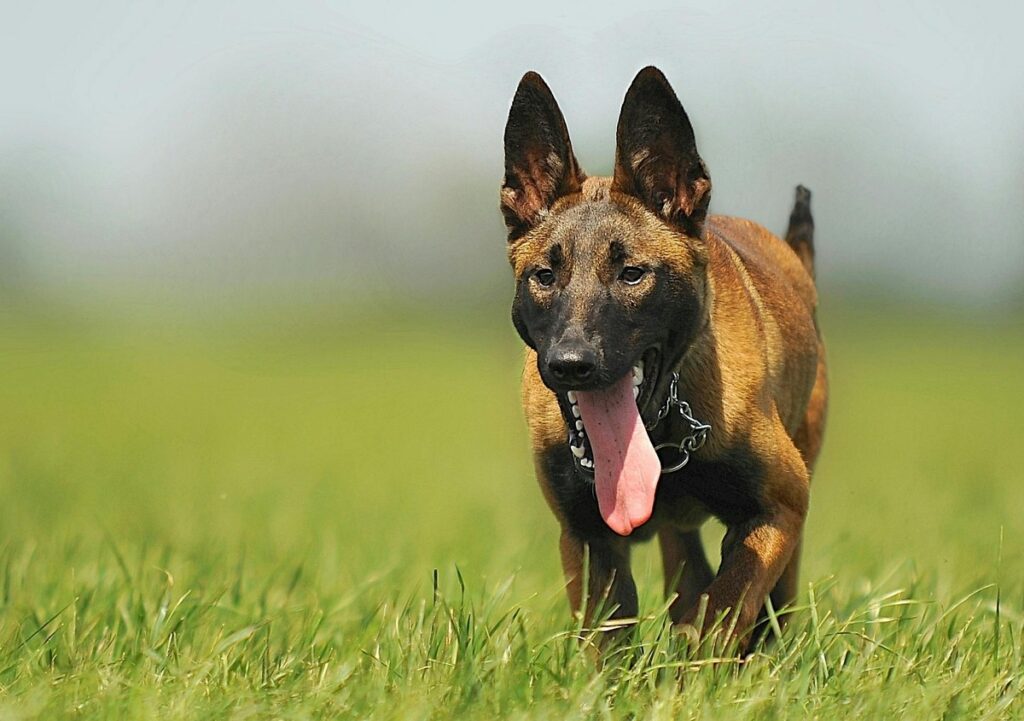
The Belgian Malinois is extremely intelligent, highly driven, and constantly looking for work. This breed does not do well in sedentary environments, and if they’re not mentally and physically challenged, they will run off in search of excitement.
This breed requires firm training, high-intensity activities, and secure containment. Without proper stimulation, a Malinois will not hesitate to jump over fences or escape in search of something to do.
10. Coonhound
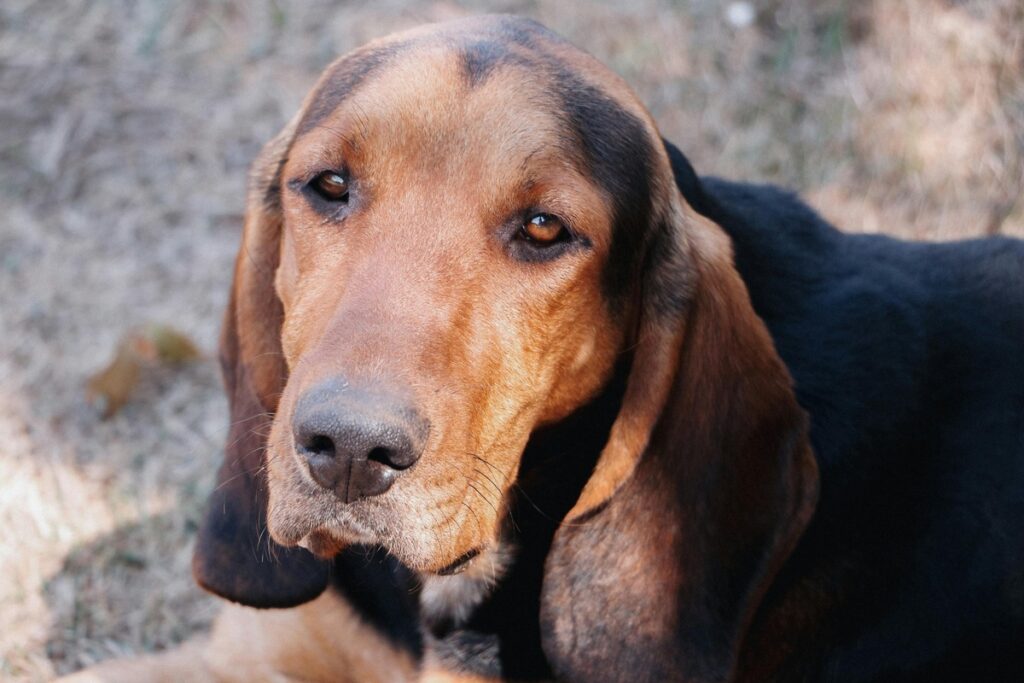
Coonhounds are notorious for following their noses—and once they catch an interesting scent, nothing will stop them from pursuing it. Their long legs and stamina allow them to travel long distances quickly, making them one of the most challenging breeds to keep contained.
If you own a Coonhound, never leave them unattended in an unsecured yard. Leash training, a GPS tracker, and regular scent-based games can help satisfy their tracking instincts while keeping them safe.
How to Keep Your Dog from Running Away
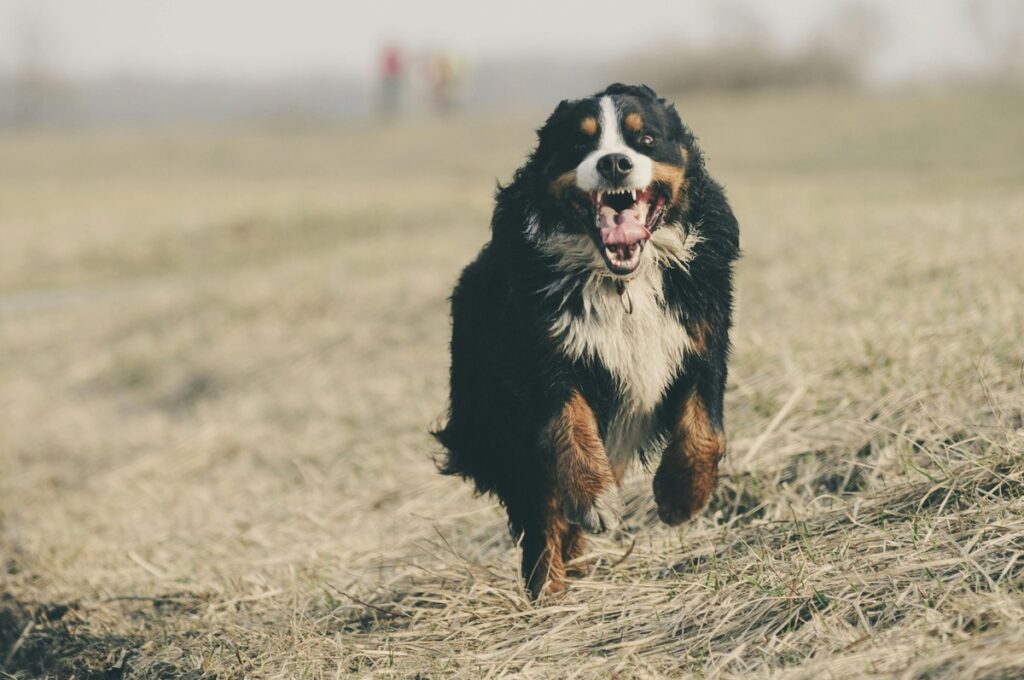
If you own a breed that is prone to wandering or escaping, taking the right precautions is essential to keeping them safe and at home. Start by ensuring your yard is secure, with a tall, reinforced fence and underground barriers if your dog is a digger. Never leave your dog unsupervised outdoors, as even a well-trained pup may be tempted by an exciting scent or movement. When going on walks or outings, always use a leash or harness, especially in open areas where their instincts may take over.
To satisfy their curiosity and prevent boredom, provide plenty of mental and physical stimulation through puzzle toys, agility training, and interactive play. If your dog does escape, a GPS tracking collar can be a lifesaver, helping you locate them quickly. Finally, training a strong recall command and regularly practicing it in enclosed spaces can significantly improve their responsiveness when off-leash. By taking these steps, you can help keep your adventurous dog safe, engaged, and happy at home.

